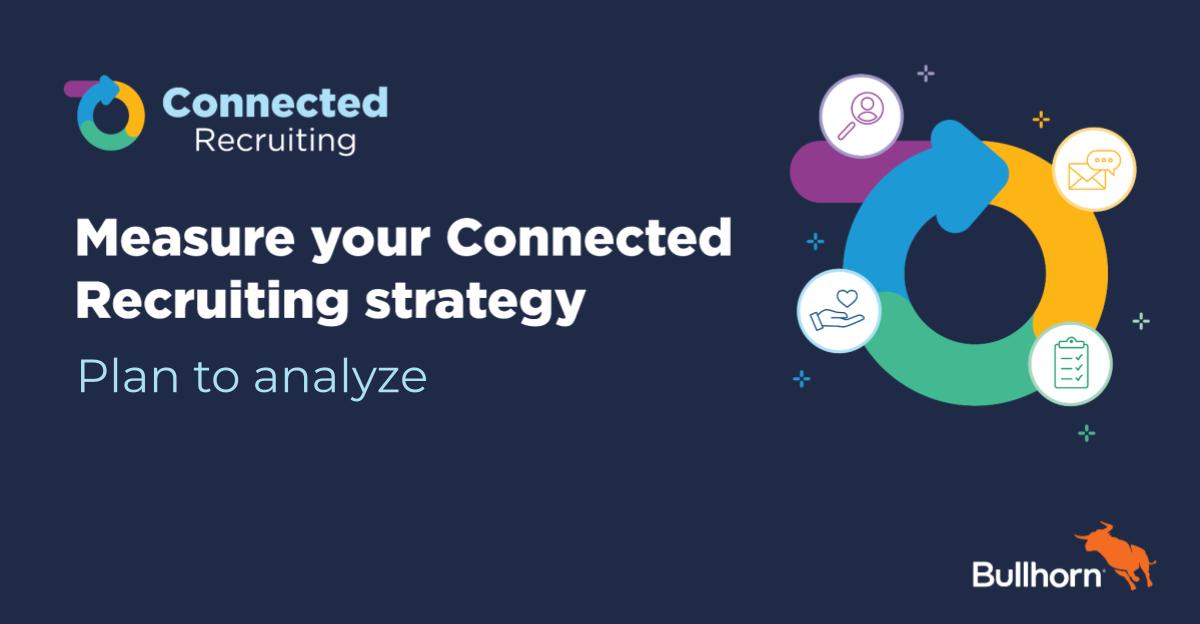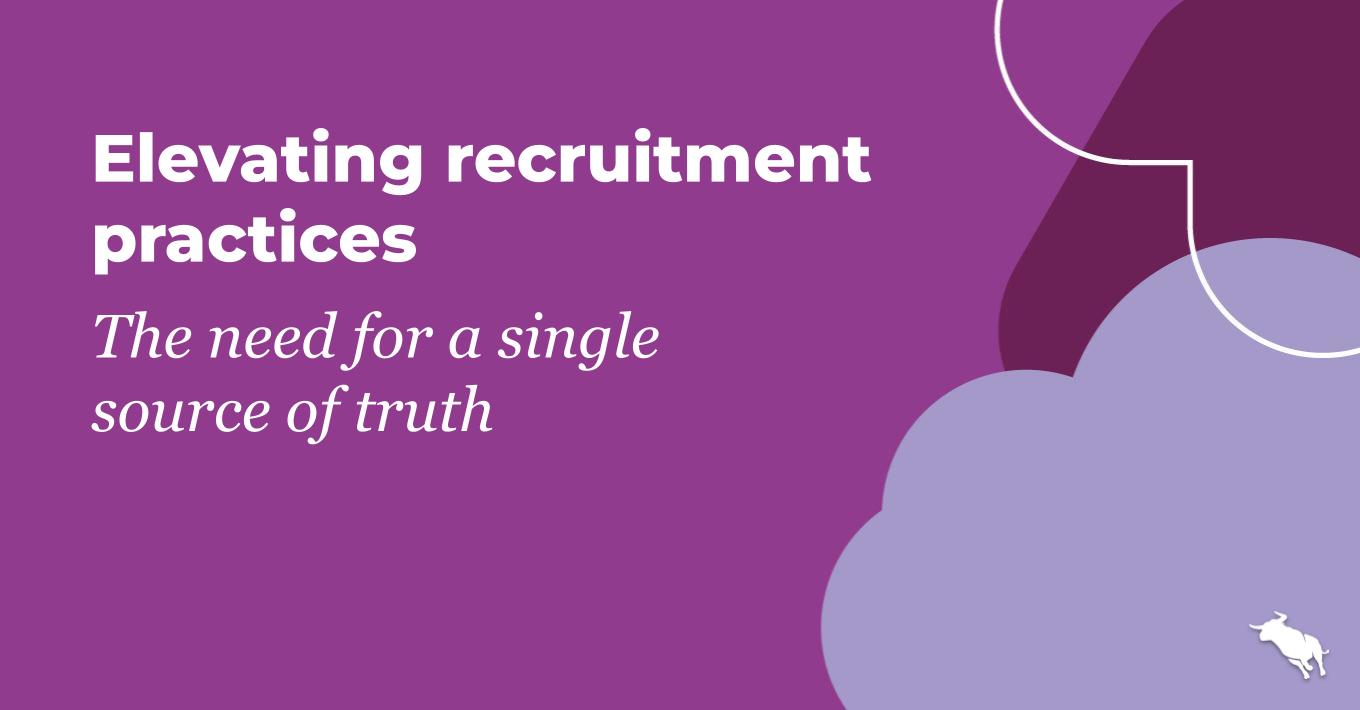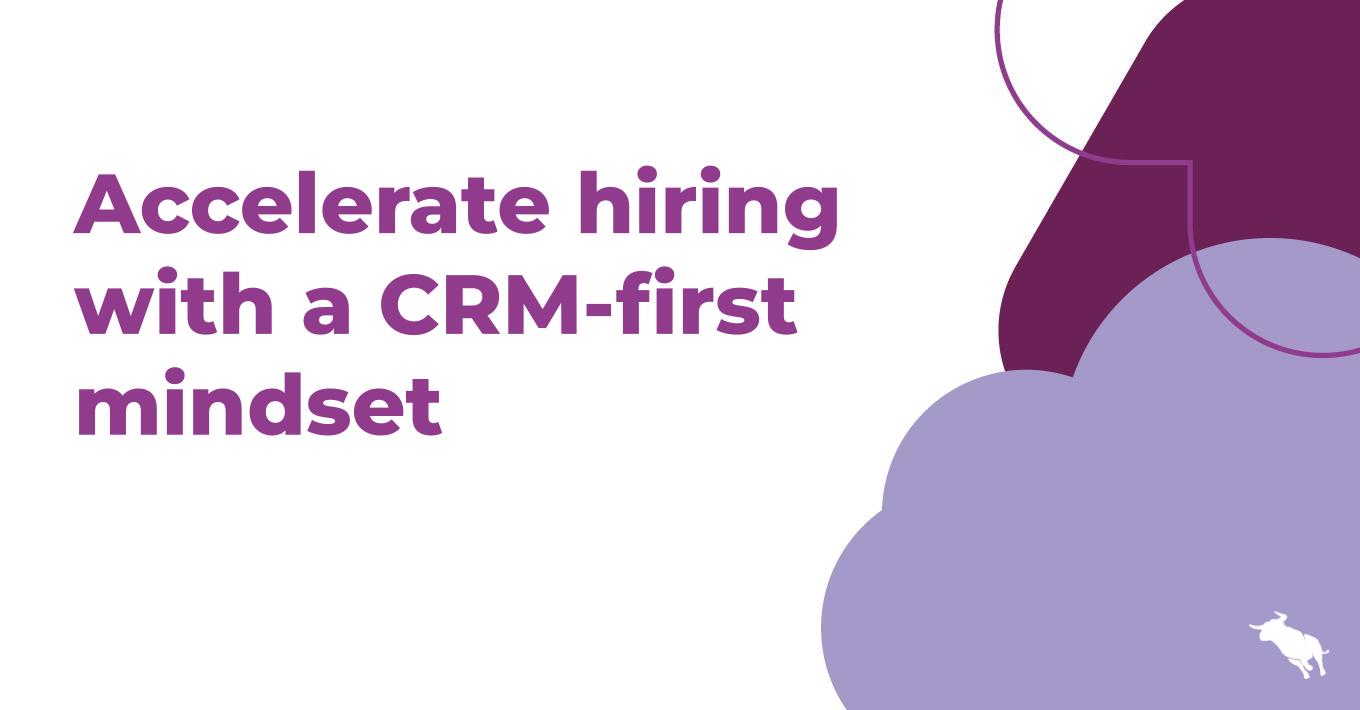Measure your Connected Recruiting strategy: Plan to analyze

Welcome back to our series on measuring your Connected Recruiting strategy. In our last installment, we talked about starting off on the right foot: unifying the message, establishing the process, and setting expectations. In this second part of our five-part series, we’ll talk about making a plan.
This step will help find the answer to one essential question: what exactly are you going to measure? The last thing you want is to put a fantastic plan in place and not agree to some key deliverables. After all, you can’t manage what you can’t measure.
This step has a few different stages to it. Let’s dive in.
Evaluate the changes you’re making
For every key process you’re changing or making, ask yourself why. What is the specific intention behind doing each thing? Some tactics may focus on improving candidate satisfaction and providing a more positive talent experience. Others may aim to improve conversion or minimize drop-off through a particular process. Regardless, it’s crucial to work with your team to determine what the intended result – or results – of your changes will be so you can best measure their impact.
Tie them to metrics
Now you have a list of actions and goals. If you haven’t already, it’s time to turn those into numbers. For example, satisfaction can be measured by Net Promoter Score. Other proccesses can be encapsulated in ratios or percentages, like time to fill, interview to offer ratio, or cost per hire. Either way, it’s crucial to establish a quantitative measure that you can measure or get the required data for.
Set targets
Now comes the hard part. You know the numbers you want to move and the direction you want them to move in – and that direction is probably up. Now is the time to set specific targets.
Be reasonable when setting targets by looking at historical trends to predict typical variance. For example, if your redeployment rate tends to vary +/- 3-4%, don’t set your first target to plus 20%. Even if your targets are modest, set them either way, so you have a benchmark to compare against.
Establish timelines
Each of these measurements might have a different timeframe in which you’d expect to see results, but waiting a year to find out your targets were nowhere near being hit is far too long. It’s important to regularly measure change as befitting the metric itself.
The proportion of placements you make from your engaged talent pool might be something you measure quarterly. At the same time, time to respond to applicants or candidate satisfaction may change much more quickly and could be monitored monthly or even weekly. It’s important to establish these timelines up front so you know when to evaluate your metrics and avoid letting them slip through the cracks.
Use a control group
Between variable economic conditions and and changing industry trends, it can be difficult to tell if changes in KPIs are due to new internal processes or external conditions. To truly derive value from continuous measurement, it might be a good idea to establish a control group of users and/or candidates who undergo no changes at all at first.
As you continue to measure the impacts of your Connected Recruiting strategy, you’ll identify more opportunities to compare to the control group’s baseline, especially if overall company trends might interfere with your specific measures.
In the blogs to follow, we’ll talk about how to gather data, how to analyze it, and how to iterate on your Connected Recruiting strategy.
Don’t miss the rest of our five-part blog series on measuring your Connected Recruiting Strategy: subscribe to the Bullhorn Staffing Blog today.





